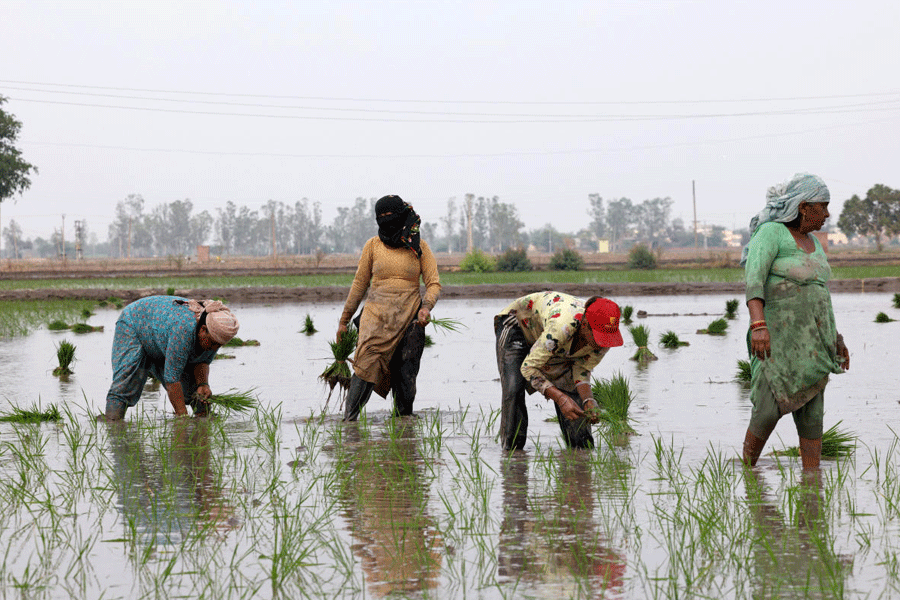 |
Calcutta, July 24: A ship carrying at least 600 tonnes of fly ash sank this evening near Calcutta, raising the spectre of an ecological disaster in the river Hooghly.
The Bangladeshi ship, loaded with fly ash from the Kolaghat and Budge Budge plants of CESC, went under this evening near Jinjira Ghat in Budge Budge, around 20 km from Calcutta.
If the ash starts seeping out and settles down on the river bed, environmentalists fear a threat to aquatic life in the Hooghly across a 1.5-km stretch.
Fly ash is the finely divided mineral residue resulting from the combustion of coal in electricity-generating plants. The chemical contents of the ash are calcium, silica, alumina, and iron, and it is used for making bricks.
The ship, Rajapur I, left for Khulna in Bangladesh on July 14 but its engine stalled after proceeding a kilometre from Jinjira.
“The sailors started offloading some of the ash into the river but failed to save the vessel. A crack developed at the base on Monday and water started seeping in through the widening gap. The sailors abandoned the sinking ship on Tuesday morning and no one was hurt or killed,” said Fazlul Haq, the chairman of the Pujali municipality in Budge Budge.
By Tuesday evening, there was no trace of the ship.
“The local agent of the shipping company, Rajiv Agarwal, told me that the Calcutta Port Trust has been contacted for help to retrieve the ship,” Haq said.
The chairman said he had also told the state pollution control board and CESC to address the impact on the environment.
Biswajit Mukherjee, a state environment department official and the convener of a committee constituted by the high court against Ganga pollution, said the flora and fauna over a stretch of 1.5 km of the river could be destroyed.
“The aquatic life along the stretch will suffer. Fish will not be available in the area unless dredging is carried out and the riverbed is made free of the pollutant fly ash, which is heavy in nature. This is a serious issue,” Mukherjee said.
“Many fish will definitely die but some will also desert this stretch. Even after clearing the river bed, it will take months for aquatic plants to grow again. Without the plants, there will not be any fish either.”
A CESC spokesperson said the matter was out of the company’s hands once the ash was loaded on the contractor’s ship. “But we will certainly look into the matter. Talks are on with the CPT on how we could minimise the impact on the environment,” the spokesperson said.











